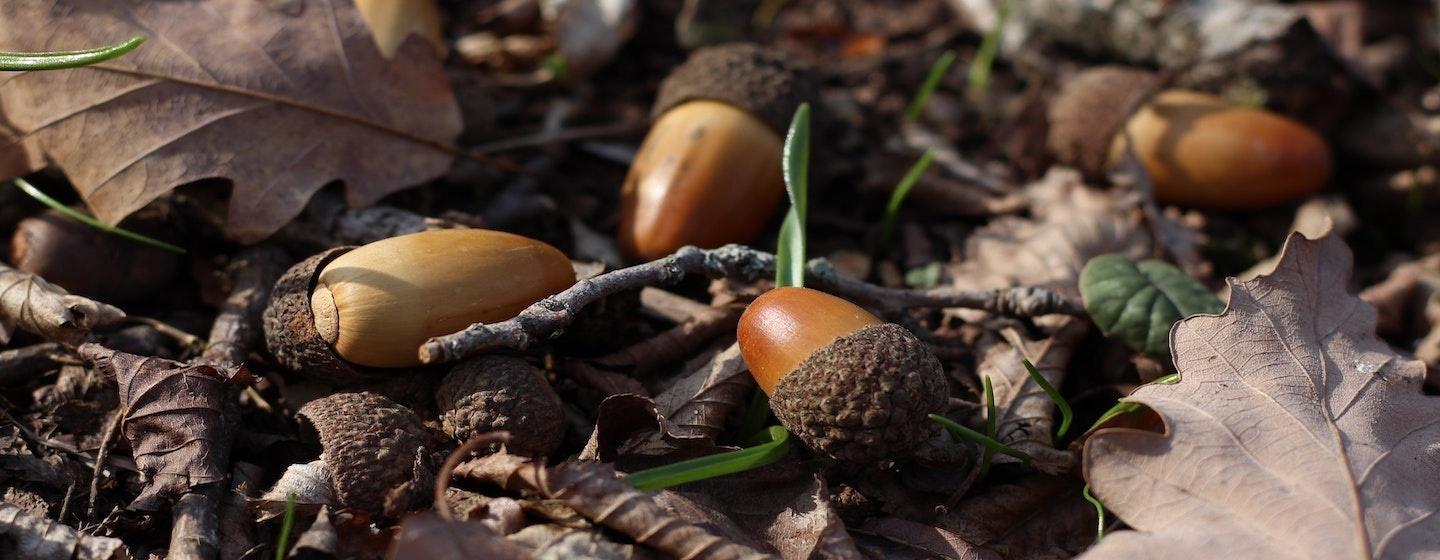Get Ready For The Great Acorn Drop. Maybe.


It doesn’t matter if you’re talking about people or pets and any living thing in between, life has its ups and downs.
The same is true with oak trees and acorns. Boom times, when oak trees produce a lot of acorns, are called “mast years” and happen every two to five years. The trees still produce acorns on those off years but just not as many.
And as a general rule, acorns mature in late summer and start falling from the trees in September or October. The specific drop time depends on the species. It also depends on how stressed the oak tree is.
Which should make the fall 2021 acorn drop interesting.
It’s been a hot summer across a good part of North Carolina and extreme hot weather conditions may cause acorns to fall early because the tree is stressed.
Hot summers have high temperatures and high humidity and almost all plants will lose water through their leaves, stems and flowers. It’s a natural process called transpiration.
If an Oak tree loses a lot of water through transpiration, it will need to absorb water by sucking water up from the ground through its roots. Trouble is, during a hot summer there isn’t a lot of water in the ground
So, the oak tree, needing to conserve water, cuts back on its growth and on producing a lot of acorns. If the tree is really stressed, it not only will slow its growth and reduce acorn production, it will also drop acorns early.
No matter how many acorns fall this year, watch this Sci NC story to learn how counting acorns tells us a lot about the health of the forest.
Acorns are not only a sign of autumn, they provide clues to the current and future health of the forest. Researchers with the US Forest Service are counting acorns to learn how to better manage the forest. Their work is available to local and state governments and private landowners.